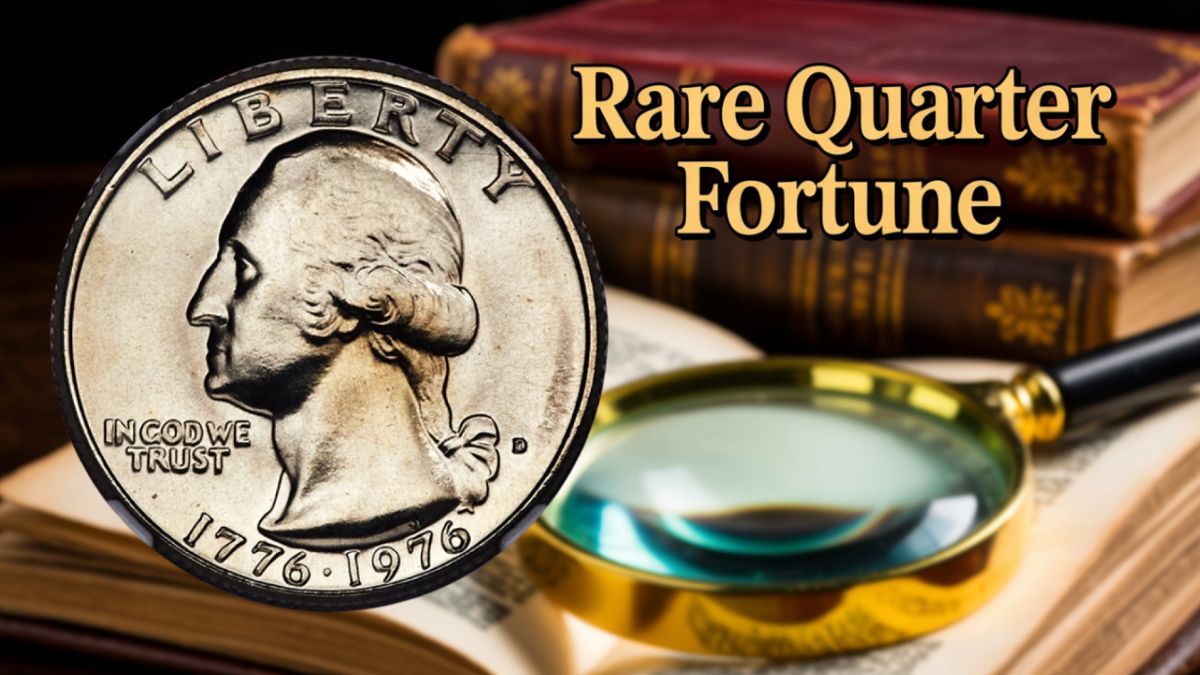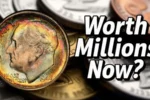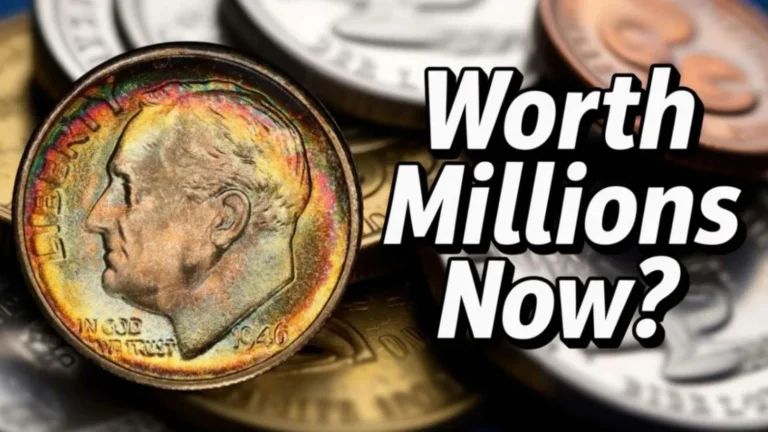A plain old coin that slips through your hand at the grocery checkout could, in theory, be worth more than a luxury mansion. That’s the tantalizing world of American rare coins, where history, error, and scarcity collide to produce values that defy imagination. Among the most hyped examples sits the Bicentennial Quarter, tied to America’s 200th birthday celebration. While most are still only worth 25 cents, stories of rare misprints and unusual silver strikes have made headlines—some even suggesting values north of $25 million.
But is that number realistic? And what other American coins are in the same “multi-million” league? Let’s unpack the facts, the legends, and the lessons.
Bicentennial Quarter: A Coin Turned Icon
The U.S. Mint issued the Bicentennial quarter in 1975–1976, marking 200 years since American independence. Its dual date, 1776–1976, and its reverse showing a colonial drummer set it apart from the standard Washington quarter design.
Over 1.6 billion were struck at Philadelphia, Denver, and San Francisco. Most ended up in daily use—school lunches, bus fares, and toll booths. For the vast majority, their value has never left 25 cents.
The exception lies in a few rare error coins and a limited batch of silver strikes. Some sources claim a silver-mix Bicentennial quarter with a dramatic minting error once drew offers over $25 million. While such figures are controversial and likely inflated, there’s no denying that special versions of this coin can be worth serious money.
Why Certain Coins Skyrocket in Value
Coin values depend on more than shiny surfaces. Collectors look at:
| Factor | Why It Matters | Example in Bicentennial Quarter |
|---|---|---|
| Rarity | Scarcer coins drive demand. | Few silver-strike errors known. |
| Condition | High grades (MS65+) mean premium value. | Uncirculated Bicentennial proof strikes. |
| Historical Tie | Moments like the Revolution or Civil War add allure. | 200th anniversary of independence. |
| Mint Error | Unique mistakes can make coins one-of-a-kind. | Off-metal strikes, double dies. |
| Market Demand | The more collectors chase it, the higher it goes. | Bicentennial hype boosts curiosity. |
The $25 million buzz around a Bicentennial quarter rests on the intersection of these factors—but it’s important to separate myth from marketplace.
Beyond the Bicentennial: Coins Worth Millions
The Bicentennial hype aside, several American coins have proven sales in the millions:
| Coin | Why It’s Special | Auction Record |
|---|---|---|
| 1933 Saint-Gaudens Double Eagle | Never released due to Gold Reserve Act. Only one legal example exists. | Sold for ~$19 million in 2021 (Smithsonian/Heritage reference) |
| 1794 Flowing Hair Silver Dollar | First U.S. silver dollar ever minted. | Sold for $10+ million in 2013 (Smithsonian source) |
| 1861 Paquet Reverse Double Eagle | Rare Civil War-era variety with a modified reverse design. | One proof known; estimated future value $20M+ |
| 1913 Liberty Head Nickel | Only five exist; collectors revere it. | Sold for over $4 million in 2018 (NGC reference) |
These records show real-world values—coins legitimately hitting seven, eight, or even nine figures.
Fact Check: Is the $25 Million Bicentennial Quarter Real?
Here’s where things get tricky. While Bicentennial quarters are highly collectible, there is no verifiable auction record of one selling for $25 million. Error coins and silver proofs can sell for thousands, sometimes tens of thousands, but the $25 million figure is speculative and likely rooted in exaggerated online claims rather than official sales.
That said, the broader point stands: rare mint errors and unique coins can sell for astronomical sums. Just not quite $25 million in the Bicentennial’s case—yet.
The Importance of Rarity in Coin Collecting
What makes one penny worth a fortune and another only one cent? Rarity. When only a handful of coins exist—paired with historical context—the market goes wild. Preservation also plays a huge role; coins kept in pristine, mint-state condition can multiply in value.
It’s why collectors inspect pocket change carefully and why wealthy investors are drawn to numismatics. Coins are artifacts, economic tools, and symbols of their era all at once.
Lessons From the Bicentennial Quarter
Even if the $25 million story is a stretch, the underlying lesson is solid: don’t dismiss your spare change. A mint error, a proof strike, or a silver issue could transform a common coin into a small fortune. Experts always recommend:
- Inspecting coins with a magnifier.
- Learning mint marks and known varieties.
- Using services like PCGS and NGC for authentication.
The next time you sort through old jars of coins or inherit a collection, remember: history hides in plain sight.
The allure of the Bicentennial Quarter lies in its story: a patriotic coin minted for everyday Americans that, in rare cases, became a treasure. While $25 million headlines are more fantasy than fact, the world of rare American coins proves that small metal discs can hold immense value—financially and historically.
Check your change drawer. History may be hiding in plain sight.







